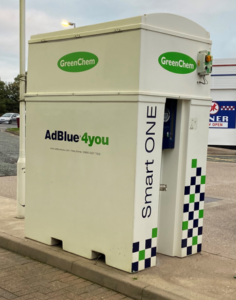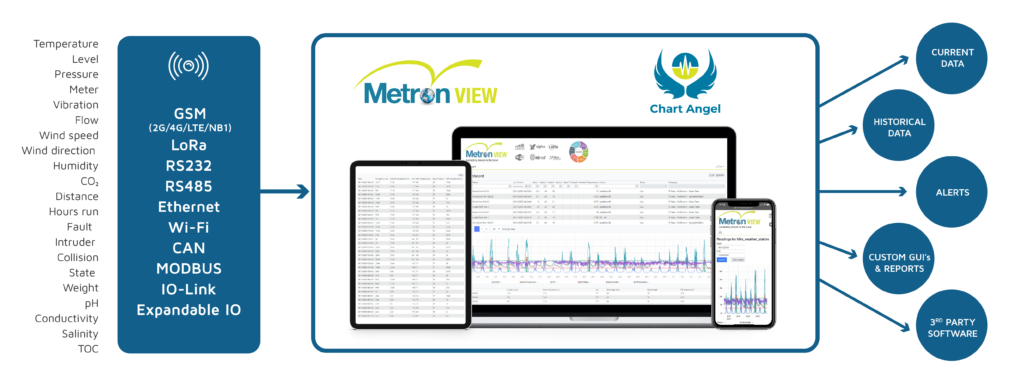As the world is seeking new ways to fight climate change and develop mitigation strategies for severe weather, OTT HydroMet’s UK business has invested in two new positions to help meet that need. “Our technologies and data management solutions enable customers to monitor water resources and weather more effectively than ever before,” explains OTT HydroMet’s Robin Guy. “This means that we can play a role in not just monitoring the changing climate, but also helping to create severe weather warning systems that issue timely alerts to protect life and property. We have therefore recruited two new highly qualified and experienced business development managers that will offer customers the highest levels of support as they plan their monitoring and rapid response capability.”

Lewis Taylor will support old and new customers in the south of the UK, and Wendy Strain will cover the north.
Lewis has a first class degree in Mechanical & Manufacturing Engineering from the University of South Wales, and a Post Graduate Certificate in Professional Engineering from Cardiff University. He has worked as a CAPEX and OPEX process improvement engineer on several major water projects, and has 15 years of experience in sales and project management for major industrial water customers.
Wendy has a degree in Applied Chemistry from Liverpool John Moores University, and has 15 years of experience in municipal and industrial water and wastewater treatment, including 8 years in a consulting role; providing technical advice and training on mechanical and chemical water treatment.

“We are delighted to welcome these two talented individuals to our UK team,” adds Robin Guy. “The UK is already experiencing more frequent instances of severe weather, and COP26 has highlighted the fact that this situation is likely to worsen in the coming years. “We are therefore determined to help customers ensure that their monitoring networks are better able to detect issues such as intense rainfall, rising water, flooding and severe winds. These issues threaten lives and infrastructure such as highways, railways, buildings, industry and domestic housing, so Lewis and Wendy will be tasked with helping customers take advantage of the latest technologies in remote measurements, communications and data management software.”
 Instrumentation Monthly Test | Measurement | Control
Instrumentation Monthly Test | Measurement | Control

 Fluke Calibration just created a new PT100 Calculator:
Fluke Calibration just created a new PT100 Calculator:  The Task
The Task


 “As one of Europe’s largest AdBlue distributors, GreenChem rely upon efficient logistics. Powelectrics’ dependable and robust
“As one of Europe’s largest AdBlue distributors, GreenChem rely upon efficient logistics. Powelectrics’ dependable and robust 





